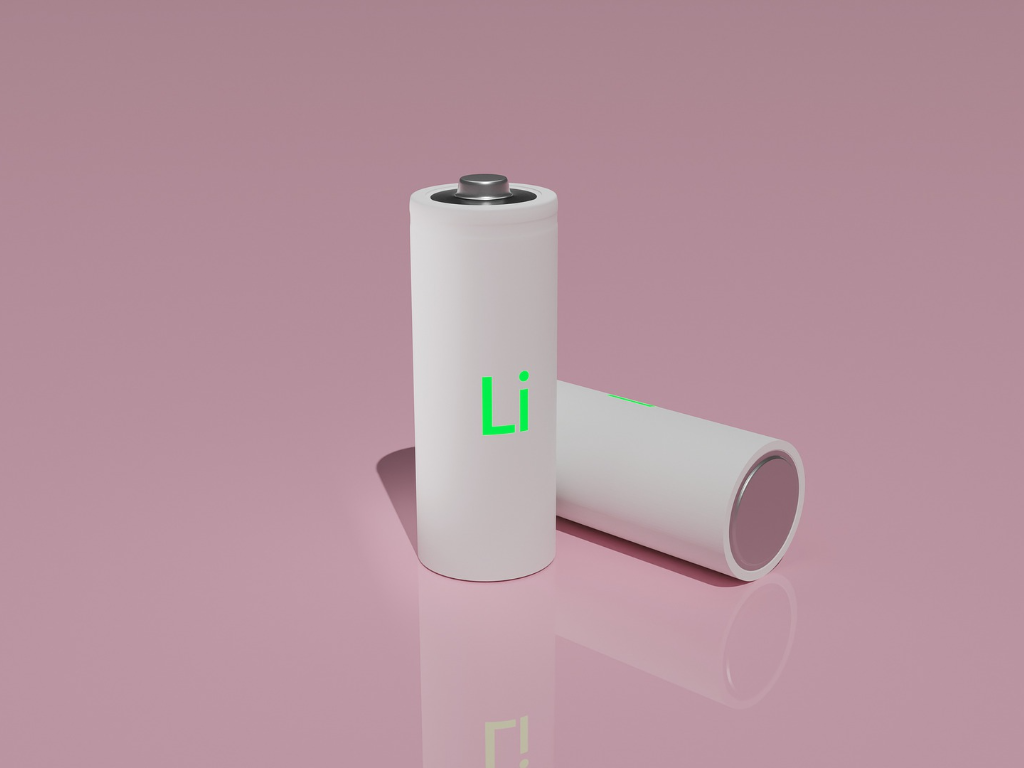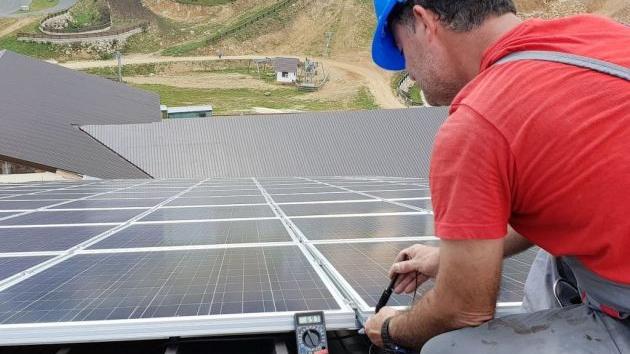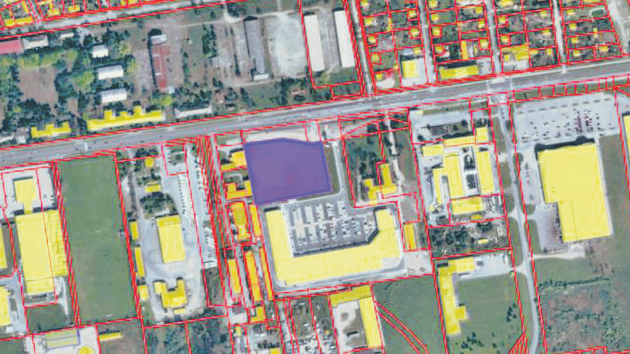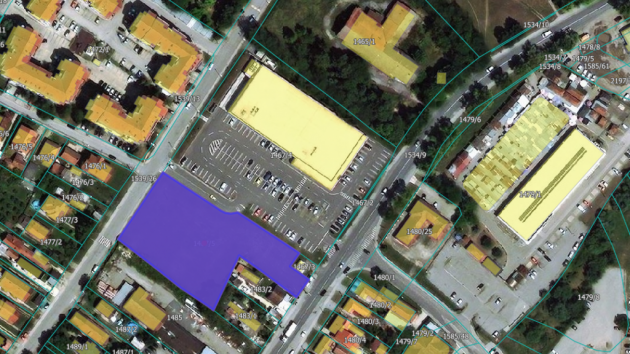Non-Flammable Battery Six Times Cheaper Than Lithium-Ion One Developed
Illustration (Photo: Pixabay.com/Finnrich)

The electrodes of the new battery are made of aluminum and sulfur, with a molten salt electrolyte in between.
Professor Donald Sadoway of MIT, along with 15 colleagues from all over the world, has managed to make a cheap alternative to batteries commonly used today.
– I wanted to invent something that was better, much better, than lithium-ion batteries for small-scale stationary storage, and ultimately for automotive – explains Sadoway.
Inexpensive, available and non-flammable
Aside from being expensive, lithium-ion batteries contain a flammable electrolyte. Sadoway therefore sought not just cheap materials, but also those which are not flammable.
As for potential substitutes, the commercially dominant iron doesn’t have the right electrochemical properties for an efficient battery, he says, but the second most available metal, aluminum, does.
Then he started searching for a material to pair aluminum with as the material for the other electrode. The cheapest of all the non-metals is sulfur, which is abundant.
For the electrolyte, he used molten salts that have relatively low melting points – around 530 degrees Celsius.
All the three main ingredients are extremely cheap and available. Aluminum, the same kind used for the production of foil, sulfur, which is often a byproduct of petroleum refining, and widely available salts.
– The ingredients are cheap, and the thing is safe — it cannot burn – Sadoway says.
In the experiments, the battery cells endured hundreds of cycles at exceptionally high charging rates. Even more importantly, the battery is projected to be six times cheaper than the lithium-ion one.
They also showed that the charging rate was highly dependent on the working temperature. At 110 degrees Celsius, it showed 25 times faster rates than at 25 degrees Celsius.
Tags:
Massachusetts Institute of Technology
MIT
Donald Sadoway
lithium ion batteries
alternative to batteries
cheap battery
inexpensive battery
Comments
Your comment
Most Important News
Full information is available only to commercial users-subscribers and it is necessary to log in.
Follow the news, tenders, grants, legal regulations and reports on our portal.
Registracija na eKapiji vam omogućava pristup potpunim informacijama i dnevnom biltenu
Naš dnevni ekonomski bilten će stizati na vašu mejl adresu krajem svakog radnog dana. Bilteni su personalizovani prema interesovanjima svakog korisnika zasebno,
uz konsultacije sa našim ekspertima.


 Izdanje Srbija
Izdanje Srbija Serbische Ausgabe
Serbische Ausgabe Izdanje BiH
Izdanje BiH Izdanje Crna Gora
Izdanje Crna Gora


 News
News














